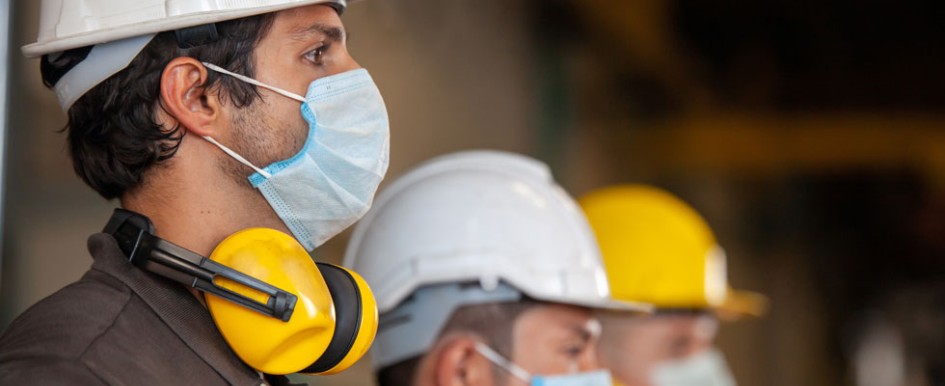
Varying degrees of stay-at-home directives in response to the spread of COVID-19 have been issued across the country, with each state taking a different approach to its enforcement of projects that it deems essential to the community and continued operation of local government, while maintaining social distancing guidelines.
For construction business owners, these decisions have had significant impacts on cost and schedule as certain work has been suspended while other projects, involving transportation, education, and health-related facilities, are being accelerated based on need and to capitalize on reduced disruption and risk.
The frequent changes in policy also affect on-site operations with project managers assessing the best ways to balance contractual progress with the implementation of health and safety measures that help to prevent further spread of the virus among workers. With flexible preparedness and frequent communication, construction partners can better navigate changes to their schedules and set themselves up for recovery and return to normalcy down the line.
Current circumstances have led to reduced traffic on roadways, ridership on public transportation, and usage of buildings in general, which means that projects that can apply effective "virus safety" controls and properly implement them have the opportunity to move forward. Construction business owners and their project managers may need to reallocate resources to move forward, but that doesn’t mean they should do so from a short-term perspective. Record keeping, short- and long-term planning and communication are critical to staying on top of the daily changes resulting from and made available by this pandemic.
These 5 tips for construction partners can help make sure teams and resources are being best utilized now and for a smooth transition after stay-at-home directives are recalled or eased:
- Preserve a snapshot. Whether work is frozen or moving forward, the first step is making a thorough record of where the project was when the virus first affected costs, schedules, etc. This way, project managers can delineate between progress as planned and the impacts since. It also puts business owners in a better position to evaluate requests for recovery into the future.
- Consider efficiency and feasibility. Every construction project faces a varied set of impacts and challenges. For some, it will be better to suspend work internally to best preserve resources, while others will see new life with shifted needs and reduced risks to workers, drivers and pedestrians. Being flexible may also help to reduce claims by contractors later on.
- Establish a plan forward. Preparing to incorporate required social distancing measures and to adapt when workers, supplies or equipment become less available will require new plans for projects, and ones that leave room for greater flexibility.
- Assign COVID-19 specific schedule activity codes. Part of successfully implementing new plans is being able to track variations from the baseline. Clearer record keeping of specific types of work will allow project managers to better stagger shifts and trade work to keep sites healthier and reduce further disruptions.
- Update and revaluate work plan and project schedule. Plans and progress should be regularly reevaluated so that work can continue to stay on track as closely as possible. Assuming that impacts will stay consistent through an ongoing event is setting a project up for greater difficulties in later phases. One cannot expect that workers, supplies or equipment will still be on the same schedule as on-site work and construction partners will need to confirm each element more frequently.
Changes to schedules due to force majeure events are not new in construction, though these particular circumstances of ongoing impacts, is unique. While there is no blanket road map for business owners to follow, by implementing best practices of construction management, they can put themselves and their work in better position to mitigate the effects of the pandemic and achieve more successful results in their current and future projects.
